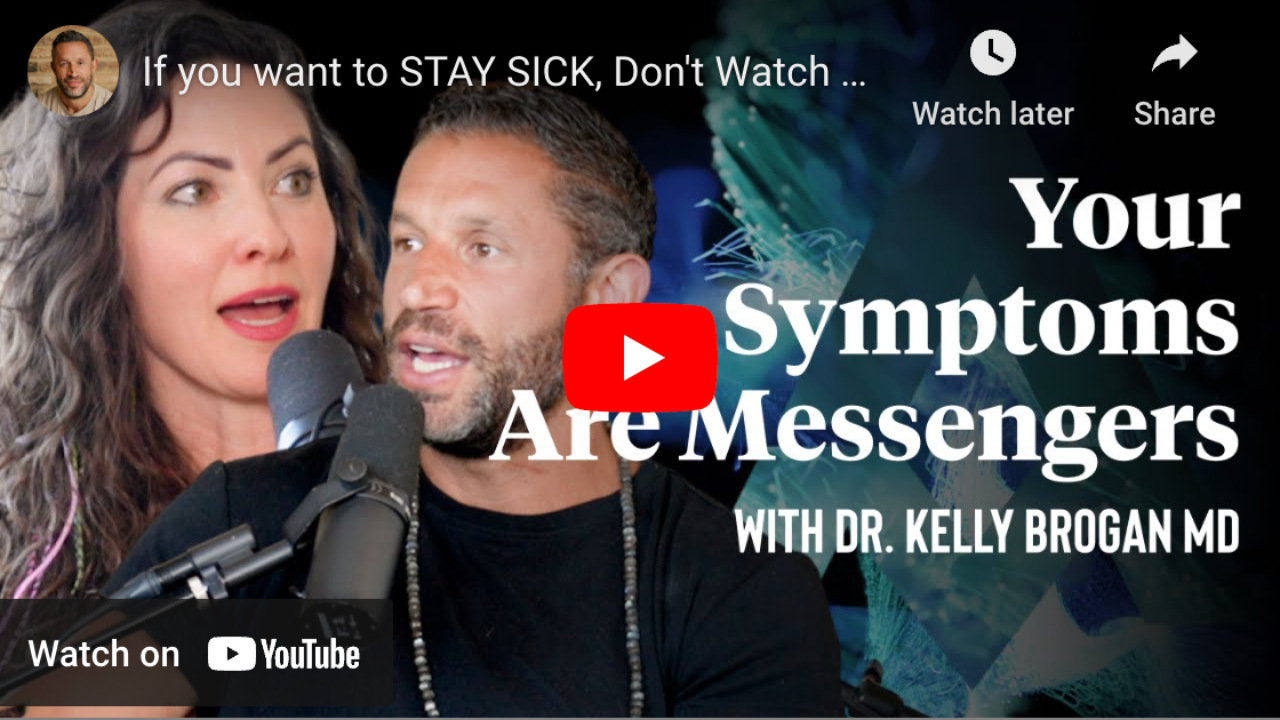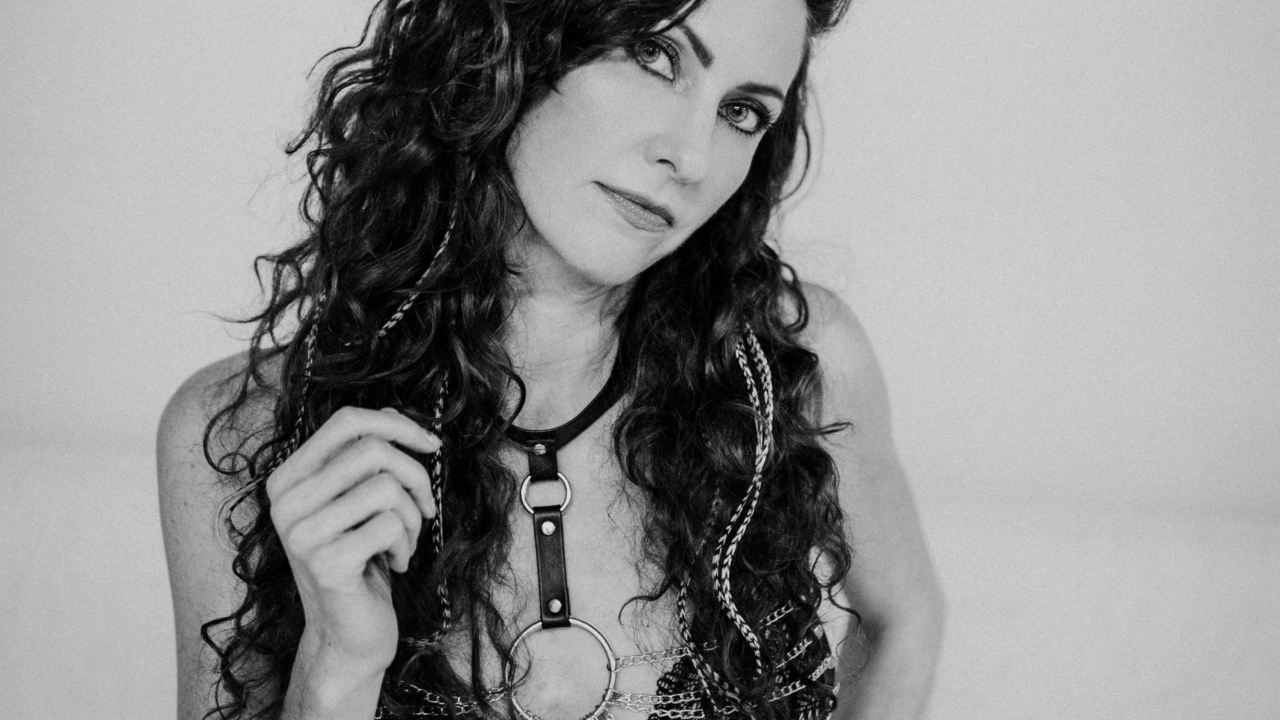Vital Mind Stories: Sharon's Natural Antidepressant Journey

Tracing the Roots of Depression
It was March 23, 2011, about 2:30 in the afternoon, when I noticed my face was swollen. I was just starting a root canal, and my dentist had told me to expect infection, so suddenly looking like the lady in the radiator from “Eraserhead” wasn’t a big shock. I felt a little panicky, though, so I called the dentist. She said, matter-of-factly. “Yeah, it’s probably infected. If you can come in now I’ll take care of it right away.” Nothing extraordinary there, right? Right. Except that her words triggered a nervous breakdown that lasted two years. Sounds a bit extreme, I know. How many millions of people get nervous breakdown-free dental work every day?
Of course, as I learned later, it wasn’t my dentist’s words, or the root canal, or even one singular event, that caused the breakdown. I didn’t know it that day, but the root canal turned out to be symbolic. Even the phrase itself meant something: The “root” of the breakdown was a tangled underground system of situations and events stretching back to my childhood. Maybe it was my father’s bronchitis and year-long unemployment when I was ten; maybe it was being bullied by classmates during grammar school; maybe it was my boyfriend dying when I was 18; or, later, my fiancé’s physical and emotional abuse. Maybe it was connected to my homeless, drug-addicted sister’s death in 2009. Falling in a bathtub in a hotel in Moscow and having to forfeit my Fulbright teaching gig — exactly one month before the root canal — probably had something to do with it.
As I walked, panic-stricken, out of the dentist’s office that cold, grey Wednesday, my thoughts started spiraling: My health was in terrible danger, and keeping my drilled-out tooth packed with cotton made me vulnerable to a worse infection. I imagined that when I’d change the cotton some rogue germ floating around my not-so-immaculate bathroom would alight in the tooth pulp and flutter its way into my body. The antibiotics would no doubt compromise my immune system. I had no doubt that I’d end up in some crowded emergency room, the harried nurses ignoring me as infection spread and I finally had a heart attack. Or, if not actually dying, then running from doctor to doctor for weeks as one after another tried to “cure” me of the side effects of the medication. For the rest of that gray March day and into the evening I paced through the apartment, crying, trying to meditate, then obsessively checking my face for signs of worsening infection. That night I went to bed exhausted, but woke up from a vivid nightmare a few hours later: I was about to travel back in time, to the past, to heal my tooth. But I wouldn’t be able to come back to my present life, and the decision couldn’t be reversed. Like the idea of “roots,” the dream of being “lost to the past” presented me with something that I later began to think of as “pre-emptive symbolism” — images that formed a path to follow. Of course, I didn’t understand any of that that day.
Why I Sought Out Natural Antidepressants
From March until June I spent every day overcome with pure fear, Google-mapping the streets of my childhood neighborhood, crying and grieving the loss of my parents, my sister, my girlhood, my past. My long-dead mother and I had had a contentious relationship, but I fantasized about opening her grave and throwing her skeletal arms around me—“I thought even the bones would do,” to quote Sylvia Plath. Friends suggested I go on antidepressants, but I was resolved not to go that route. I didn’t want my mind-body chemistry altered even further by the SSRI merry-go-round I’d observed in my brother-in-law. After thirty years on shifting combinations of drugs, Tom had become paralyzed by their side effects. The last time I’d seen him, the knees and seat of his jeans were coal-shiny from constant wear, and the sour milk smell emanating from him was nauseating. His high dosages of Seroquel, Geodon and Cymbalta had caused dyskenesia. Opening the door when David and I arrived that last time, he stood stock-still in front of us, unblinking, his legs oscillating back and forth, his right hand configured like he was holding a gun. (Tom committed suicide by shooting himself in the head in September 2016.) You’ve heard the expression “If you can’t be a good example, be a horrible warning”? Tom was my horrible warning. No matter how bad you feel, a little voice kept saying, do not take drugs.
In mid-June something occurred to me: I began to wonder whether the breakdown might actually have something important to show me. I decided that, no matter how much pain I was in, I would remain mindful, keep up with my reading and research, and look for meaning everywhere.
Because I believed there was a spiritual lesson to be learned, I began casting around for holistic mental health providers. I saw a Jungian therapist who supported my decision to forego antidepressants and worked with me to piece together my dreams and my fears. I saw a holistic psychiatrist who also eschewed meds and instead suggested, as a first line of action, modifying my diet. I went on a six-week fast to rid my body of sugars, and completely cut out all breads, pastas, and flour and wheat products. I added vitamin B and D supplements. I saw a reiki practitioner, meditated and revisited in earnest my qi gong, kundalini and meditation practices. Those last three things required a Herculean effort, but I forced myself. I came to think of all the things I was doing as a program I could rely on.
I knew in my heart that my anxiety was sitting on top of a pile of griefs, disappointments and stresses that I needed to explore, or at least be mindful of. In All Sickness Is Homesickness, Dianne M. Connelly writes, “The symptom sits in the person’s history. The symptom is not for the sake of itself. It is, rather, an instrument for wholing, healing, coming home.” That coming home, I learned, is a coming home to oneself, only possible through deep acceptance and love, and by remaining mindful of whatever the mind decides to show you, no matter how painful. Unlike my brother-in-law, who chose medication over exploration, I survived my time in the Underworld. I can honestly tell others that it’s possible.
It’s been over five years since that horrible March day. I now look back on that time with fondness. I see that the “program” I put myself on was a kind of self-love — something I never even knew I possessed. I was responding to commands coming from places I didn’t think I had conscious access to. I see that everything I did was an action made in the name of “coming home” — from the obsessive Google-mapping of my old neighborhood to my choice of health care providers. Kelly Brogan was one of those providers, and I’m grateful every day that she was there.
Want to continue reading?
Enter your details below to read more and receive updates via email.









